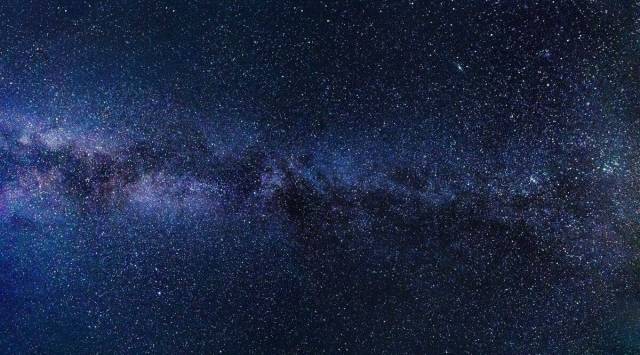Click here to join Express Pune WhatsApp channel and get a curated list of our stories
Using uGMRT, Pune scientists unravel why star formation declined starting 8 billion yrs ago
Galaxies eight billion years ago contained roughly three times less atomic gas than the galaxies with the same stellar mass nine billion years ago, said NCRA scientist and another co-author of the paper Nissim Kanekar.
 Galaxies are abundant with gaseous matter and our Universe, believed to be about 13.8 billion years old, had a higher and more frequent rate of star formation while it was young. (Image/Pixabay)
Galaxies are abundant with gaseous matter and our Universe, believed to be about 13.8 billion years old, had a higher and more frequent rate of star formation while it was young. (Image/Pixabay)Astronomers from Pune have unravelled why the star formation rate in the galaxies in our Universe slowed down starting about eight billion years ago.
A group of scientists from TIFR – National Centre for Radio Astrophysics (NCRA) made this conclusion based on the observations of depleting amounts of atomic hydrogen gas between 9 billion and 8 billion years ago from today. These observations lasting 510 hours were obtained using the upgraded Giant Metrewave Radio Telescope (uGMRT) between 2018 and 2020.
Galaxies are abundant with gaseous matter and our Universe, believed to be about 13.8 billion years old, had a higher and more frequent rate of star formation while it was young. The highest star births were recorded between 8 to 10 billion years ago. This, as galaxies possessed higher concentrations of gaseous matter — one of the main drivers for star formation. Moreover, the rate of star formation was nearly constant during 11 billion – 9 billion years ago.
However, after 8 billion years, a different trend emerged but the reasons were not fully scientifically well
established.
The NCRA scientists studied the atomic gas in the galaxies by observing the spectral line, of about 21cm wavelength, in the hydrogen atom. Since these spectral lines are faint and weak, the researchers stacked 21cm signals obtained from known galaxies, in a technique called stacking of spectral lines.
“The rate of star formation in galaxies showed a declining trend 8 billion years ago,” said Aditya Chowdhury, final year PhD student at NCRA and lead author of the new study published in the The Astrophysical Journal Letters.
While galaxies, upon exhausting all its gas, stop giving birth to stars it is also possible that they could acquire atomic gas from their neighbouring surroundings.
“The only way to test whether the gas reservoir is consumed or has got replenished is measuring the atomic gas mass of these galaxies over two different periods in the Universe,” said Jayaram Chengalur of NCRA, co-author of the study.
Galaxies eight billion years ago contained roughly three times less atomic gas than the galaxies with the same stellar mass nine billion years ago, said NCRA scientist and another co-author of the paper Nissim Kanekar.
Click here to join Express Pune WhatsApp channel and get a curated list of our stories







